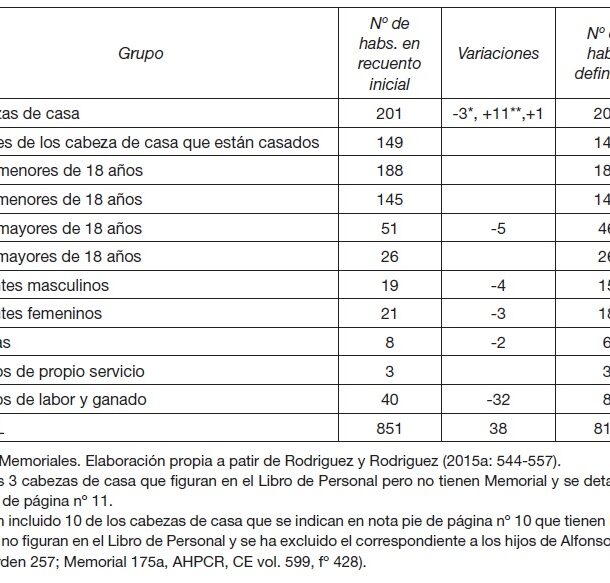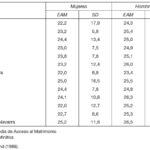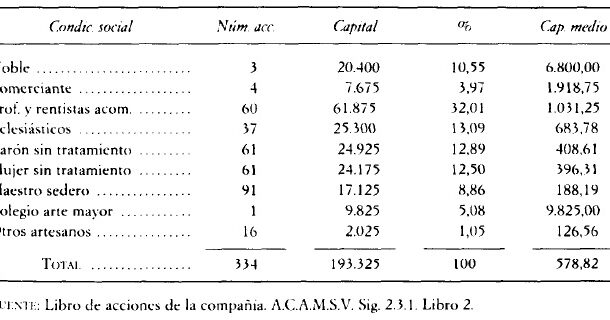
The Christian model of marriage and the development of the family constituted a strong common link in European societies. This model was configured as a strongly hierarchical model where the family was the primary institution where the process of culturalisation and socialisation of the child took place. Its importance was reinforced by the fact that it was, from an economic point of view, a unit of consumption. In addition to its sacred and indissoluble character, marriage was assigned stability and rigidity, where the belief system limited women’s actions to the domestic sphere, as they had to take responsibility for the upbringing of their offspring and the care and maintenance of the unit. However, in the northern peninsular area, extensive and polynuclear family aggregates predominated, with an abundance of solitary domestic groups and no family structure. The trunk family in the north and northwest of the Iberian Peninsula was accompanied by patrilocal or matrilocal post-marital residence patterns. The greater presence of the simple family is confirmed in large areas of the peninsular interior, normally associated with hereditary formulas where egalitarian distribution prevailed. In addition to this, Mediterranean Spain is the most difficult to analyse synthetically, although it is a long way from the complex structures found in other areas of Mediterranean Europe. Thus, the Iberian Peninsula, in addition to the complex family and the patrilocal rule, seems to be associated with late marriage -with the exception of Catalonia-. By making it difficult for sons who wished to marry to stay at home, the trunk family invited a certain percentage of men to leave the farm, which is evident in the higher emigration rates in the North and North-West, which increased in the following century. In much of inland Spain and in the south, women married earlier and this was often associated with a strong nuclear predominance. This led to the existence of a system of high demographic pressure with very high levels of fertility and mortality.
Collection: Statistics
Project: 3. Rural world and urban world in the formation of the European identity., 4. Family, daily life and social inequality in Europe.
Chronology: XVIII
Scope: Secondary Education, Baccalaureate, University
Link: https://www.adeh.org/revista/2014,%202/RDH%20XXXII%20(II)%202014%20F%20Dopico.pdf
Resource type: Statistics
Format: Table
Source: Dopico, Fausto, «El impacto demográfico de las creencias. Una evaluación desde el siglo XVIII español», Revista de Demografía Histórica, vol. 32, nº2, 2014, pp. 51–76.
Language: Spanish
Date: 2014
Owner: Álvaro Romero González (Modernalia)
Copyright: © Fausto Dopico, © Revista de Demografía Histórica
Abstract: Estimated nuptiality in Spain from the 1787 census
Image
Tags






